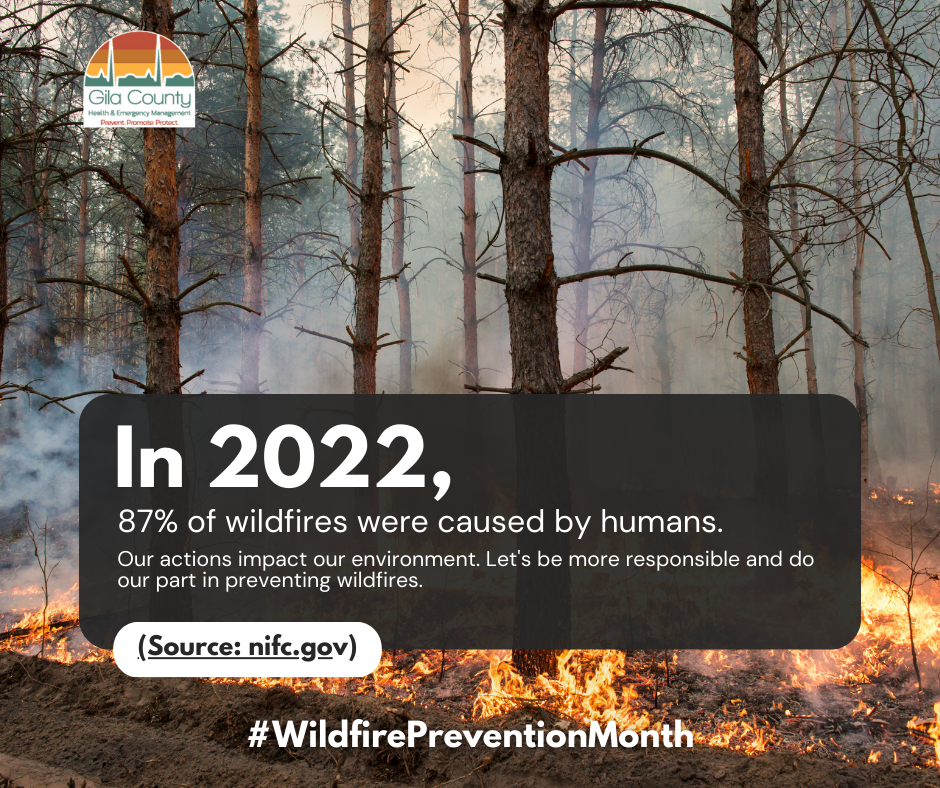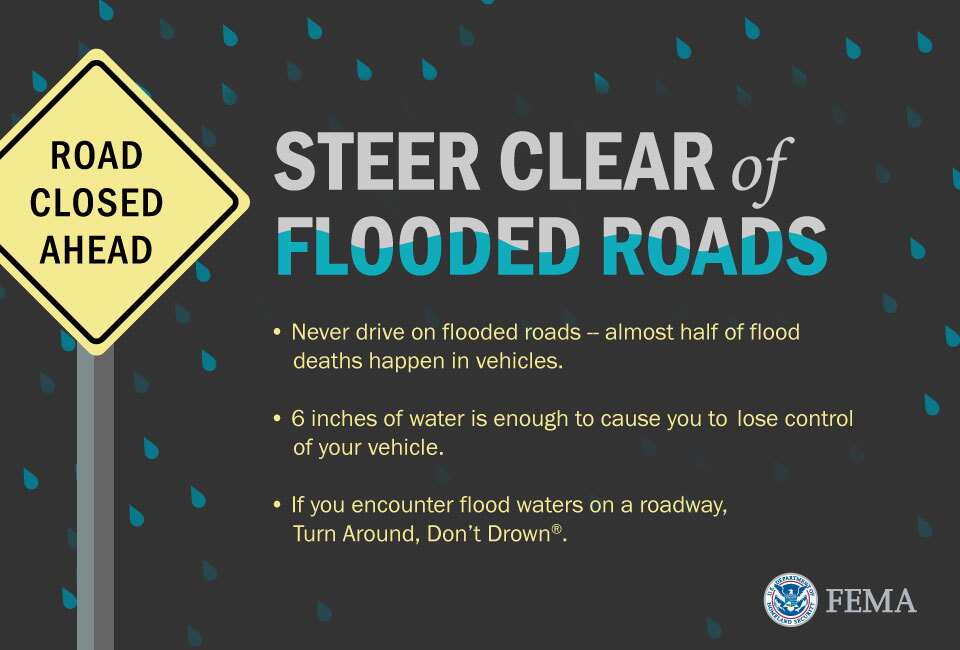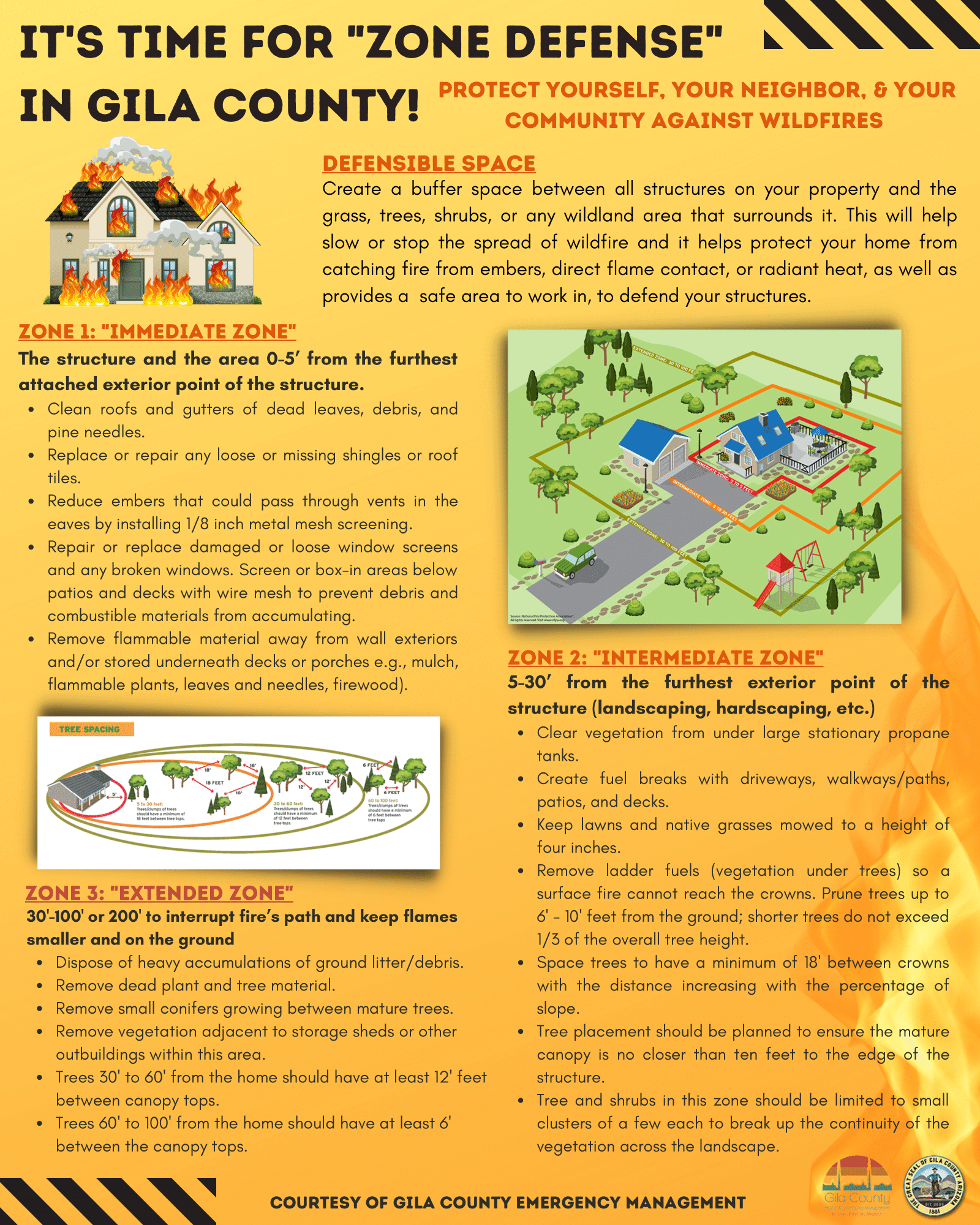Plans For Pets

Your Family Communications Plan and Ready Kit must cover the needs of your pets. As you prepare for a disaster or weather emergency, make a plan to protect your animals and make sure everyone in the family knows what to do.
You can protect your pets by taking four easy steps:
This first step in protecting your pet is crucial. Collar tags or microchipping can make sure your pet does not get lost during an emergency. Additionally, because disasters can strike when you are not home, it is important to designate a family member as well as a nearby neighbor or friend to care for or rescue your pet. As a backup, put a static cling sticker on your window or door with pet occupancy information, so that emergency workers know if pets need rescue. Remember to remove this sticker if you indeed evacuate your pets.
2. Assemble a Pet Emergency Preparedness Kit —Pack a waterproof container with supplies to sustain your pet for a minimum of three days. Include:
Plans for Pets
 Dry pet food, potable water, bowls, and cat litter/pan. If your pet is on a special diet or cannot eat dry food, add canned food and a manual can opener
Dry pet food, potable water, bowls, and cat litter/pan. If your pet is on a special diet or cannot eat dry food, add canned food and a manual can opener Medications and copies of medical records
Medications and copies of medical records Leashes, harnesses, reins, and/or carriers to transport pets safely
Leashes, harnesses, reins, and/or carriers to transport pets safely Notes on feeding schedules, vaccinations, medical conditions, behavior problems, and veterinarian contact information
Notes on feeding schedules, vaccinations, medical conditions, behavior problems, and veterinarian contact information Pet bed and toys
Pet bed and toys Plastic bags and disposable gloves, for cleanup
Plastic bags and disposable gloves, for cleanup
If you need to evacuate, your pets do too. Contact hotels/motels/disaster centers/kennels/animal shelters/veterinary offices/friends outside the immediate area, and make a list of places that can house your animal in a disaster. Make sure pet rescue contacts and other family members have this list, and keep a copy of it in your Ready Kit. Note that many emergency shelters cannot accept animals, so it’s important to find a safe place ahead of time.
4.Wear medical alert tags or other identification —In the event of any emergency, medical alert bracelets, tags, or other identification can help those assisting you. Make sure this includes any medicines, physical impairments, or communications disabilities.
5. Keep pets calm —Whether you have to evacuate your home or not, pets can get nervous or scared during an emergency and act erratically. Bring pets inside the house and confine them in a safe area with their Pet Emergency Preparedness Kits, if it is safe to do so. Provide attention as you can. If necessary, keep dogs on their leashes and cats in comfortable carriers to ensure their safety.




